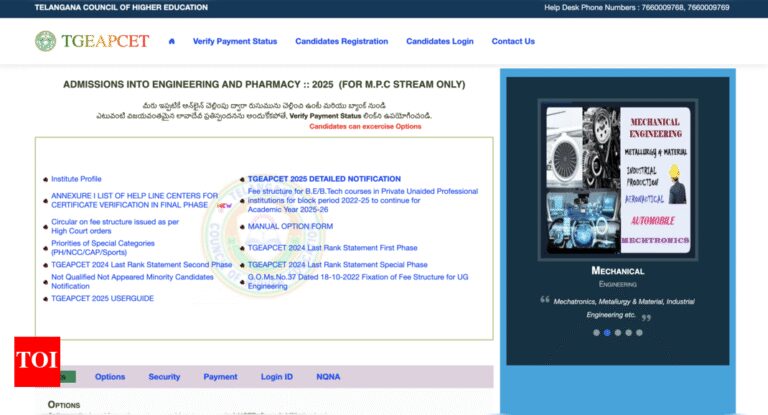
The United States’ higher education system, long upheld as a magnet for global talent, is facing a potentially historic rupture. As the Trump administration intensifies its crackdown on immigration, international students, many already admitted into prestigious American universities, find themselves locked out, unable to secure visas in time for the academic year. The consequences, institutions warn, are not just academic but existential.With visa interview appointments still severely restricted despite the lifting of a month-long pause in mid-June, thousands of international students are confronting prolonged delays, additional scrutiny, and in some cases, outright denials. The ripple effects are immediate and vast, threatening university budgets, enrollment diversity, and America’s global reputation as the premier destination for higher education.
“Tens of millions” at stake
Few institutions illustrate the gravity of the crisis more starkly than Arizona State University (ASU), where President Michael Crow reported that 1,000 incoming international students remain without visas, according to media reports. The financial toll is estimated in the “tens of millions of dollars.” The figure is not just a budget line; it represents lost talent, future alumni, and global partnerships.At Furman University in South Carolina, officials have already flagged a noticeable drop in international enrollments as a key driver behind a projected decrease in first-year student numbers. Enrollment forecasts submitted in bond disclosures show 562 freshmen this fall, down from 613 the previous year, a dip largely attributed to persistent visa barriers, according to US media reports.
Uneven recovery from a bureaucratic freeze
Though the US State Department officially resumed visa interviews in mid-June, the rollout has been haphazard. At one top-ranked private US university, officials observed a sevenfold disparity in visa issuances between Chinese and Indian students in late June alone, a stark imbalance that could reshape the global composition of future cohorts.Even smaller institutions are feeling the heat. An admissions officer at a private college with fewer than 100 international students annually reported that, unlike prior years, where one or two students were delayed, this year up to 10 remain stuck, figures that significantly impact classroom diversity and tuition revenue.
A $2.6 billion deficit on the horizon
Projections by NAFSA: Association of International Educators and JB International paint an even more troubling picture: New international student enrollment is expected to plunge by nearly 30% this fall. According to Shorelight, that translates to an estimated $2.6 billion loss in tuition revenue across the nation’s campuses.
Backup plans in London, Toronto, and cyberspace
Facing bureaucratic paralysis, some universities are scrambling to offer creative stopgaps. The University of Arizona is piloting a campus site in London for students unable to enter the US. Northeastern University is extending remote learning options and offering seats at its London and Toronto campuses. Harvard Kennedy School is even exploring a temporary relocation of students to the University of Toronto’s Munk School.
Congressional pressure, uncertain resolution
Recognizing the growing storm, US lawmakers have begun pressing the State Department for answers. In late June, members of Congress demanded clarity on how the administration plans to resolve the visa backlog threatening Indian student enrollments. Yet, the agency’s public messaging offers little assurance. A statement posted on June 30 warned that “additional or new appointments for student or exchange visitor visa applications will be extremely limited until further notice.”Visa scheduling remains “dynamic,” according to a department spokesperson, with expedited appointments evaluated case-by-case. But for thousands of students, those reassurances ring hollow as departure deadlines loom.
A strategic failure with global consequences
Beyond the fiscal shortfalls and individual heartbreaks, the US risks forfeiting its long-held soft power advantage in higher education. Universities elsewhere, particularly in the UK, Canada, and Australia, are seizing the moment to recruit top-tier students disillusioned by American barriers.What was once the gold standard of academic mobility is rapidly becoming a cautionary tale. If the Trump administration’s immigration squeeze persists, the fallout could extend well beyond this admissions cycle—reverberating across global rankings, research collaborations, and long-term innovation.The window for reversal is narrowing. And for many would-be scholars, America’s door is already closed.








